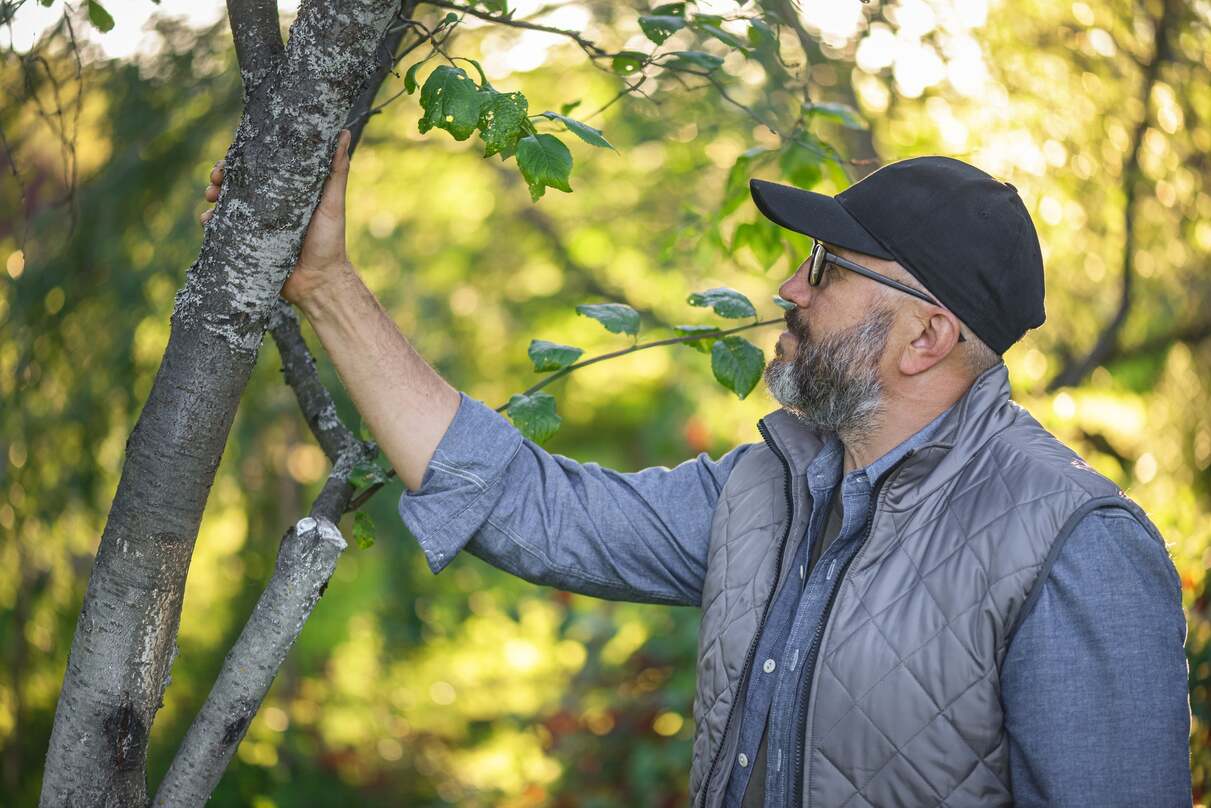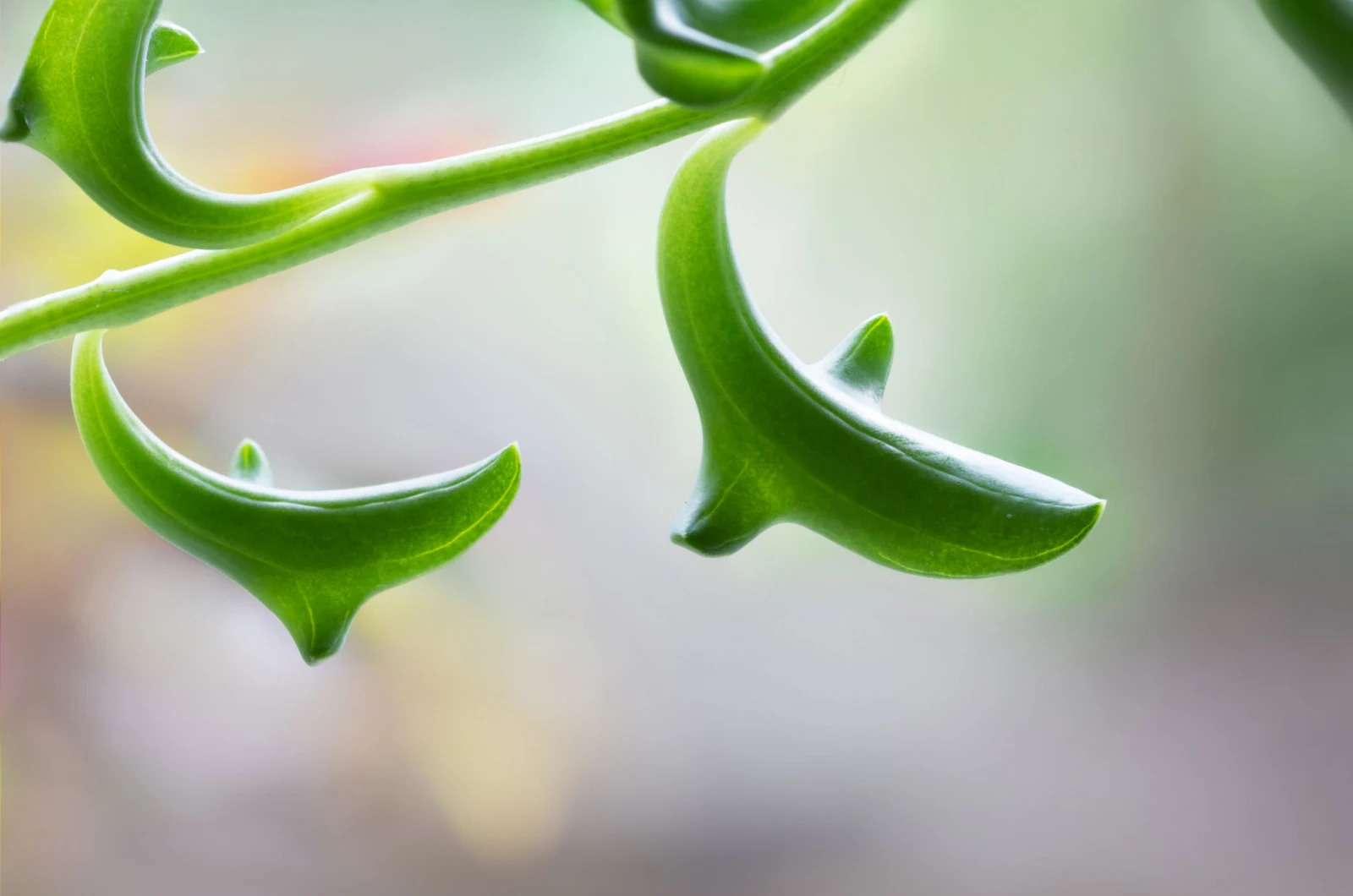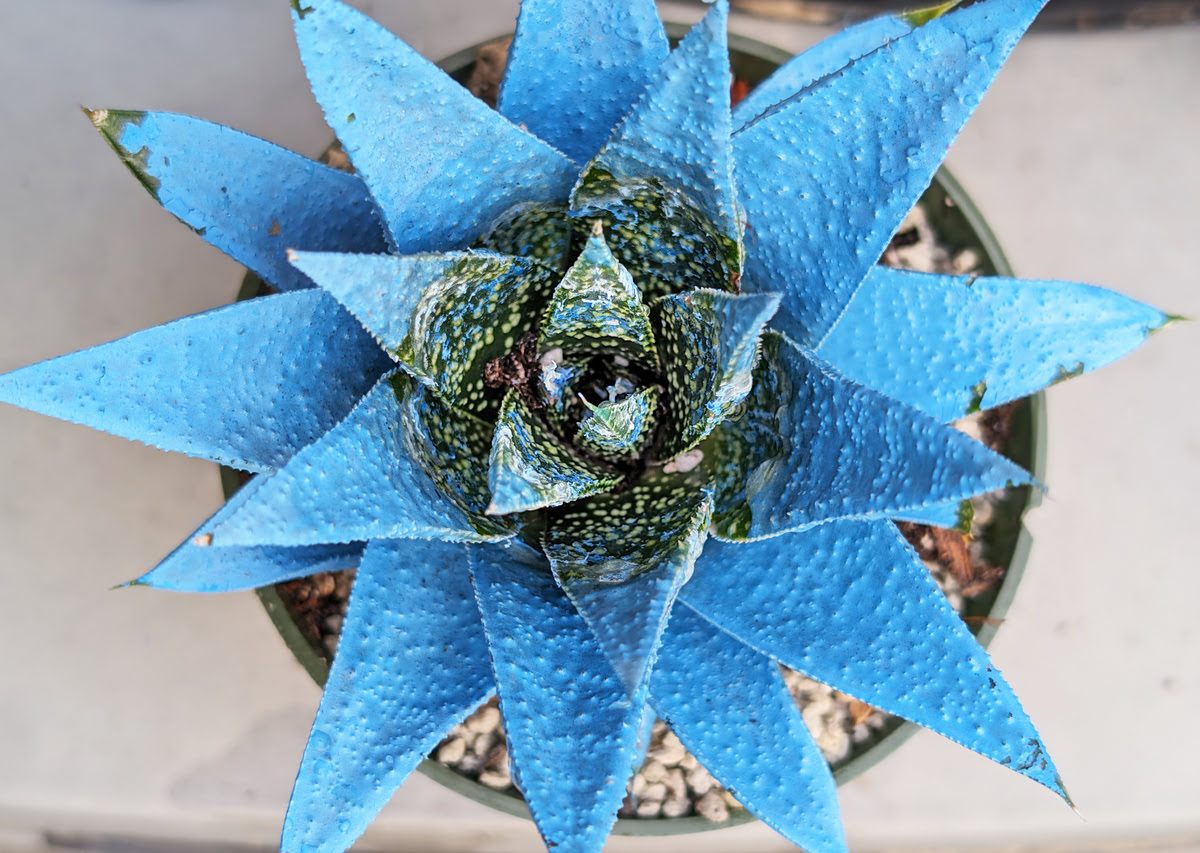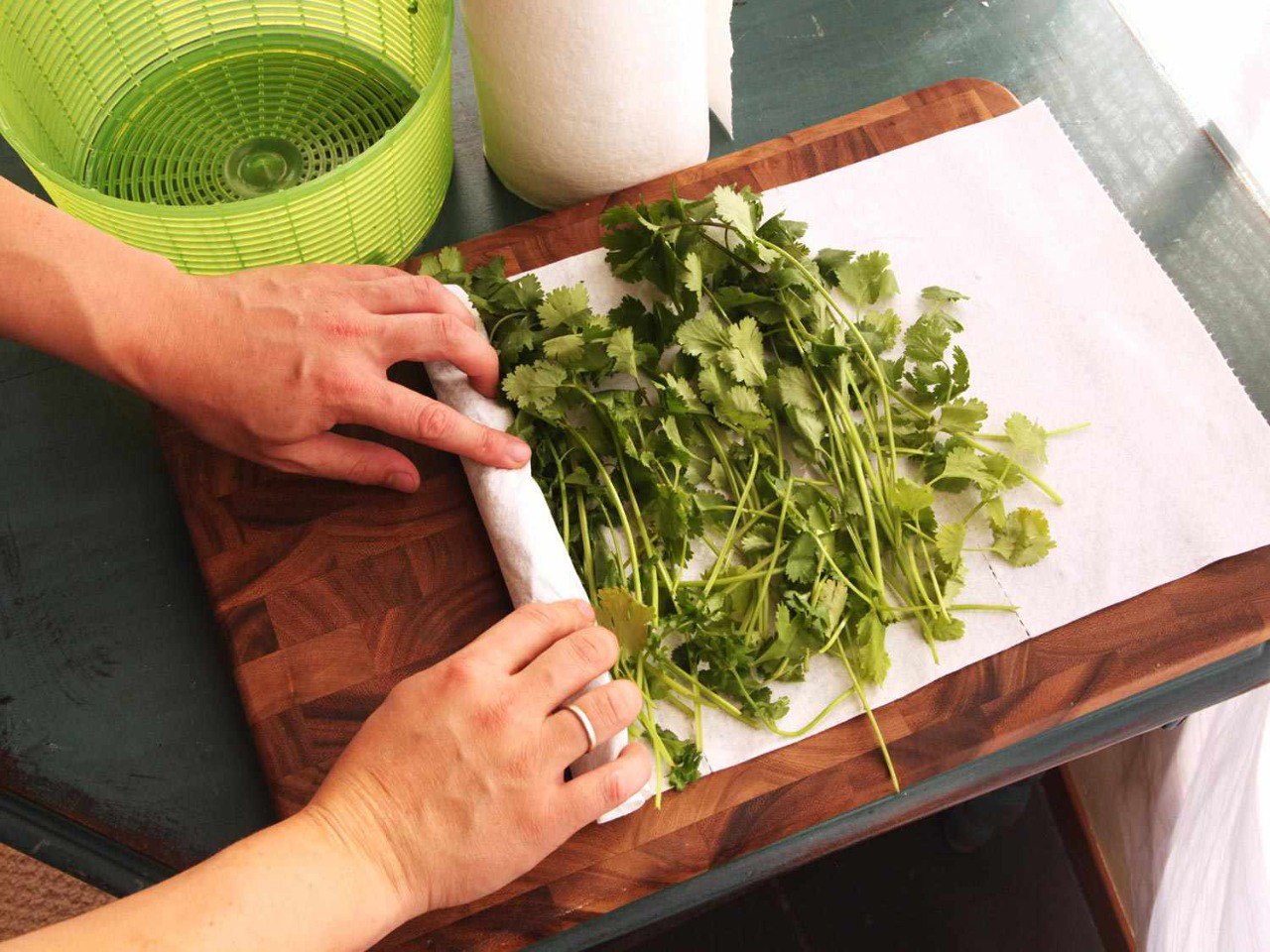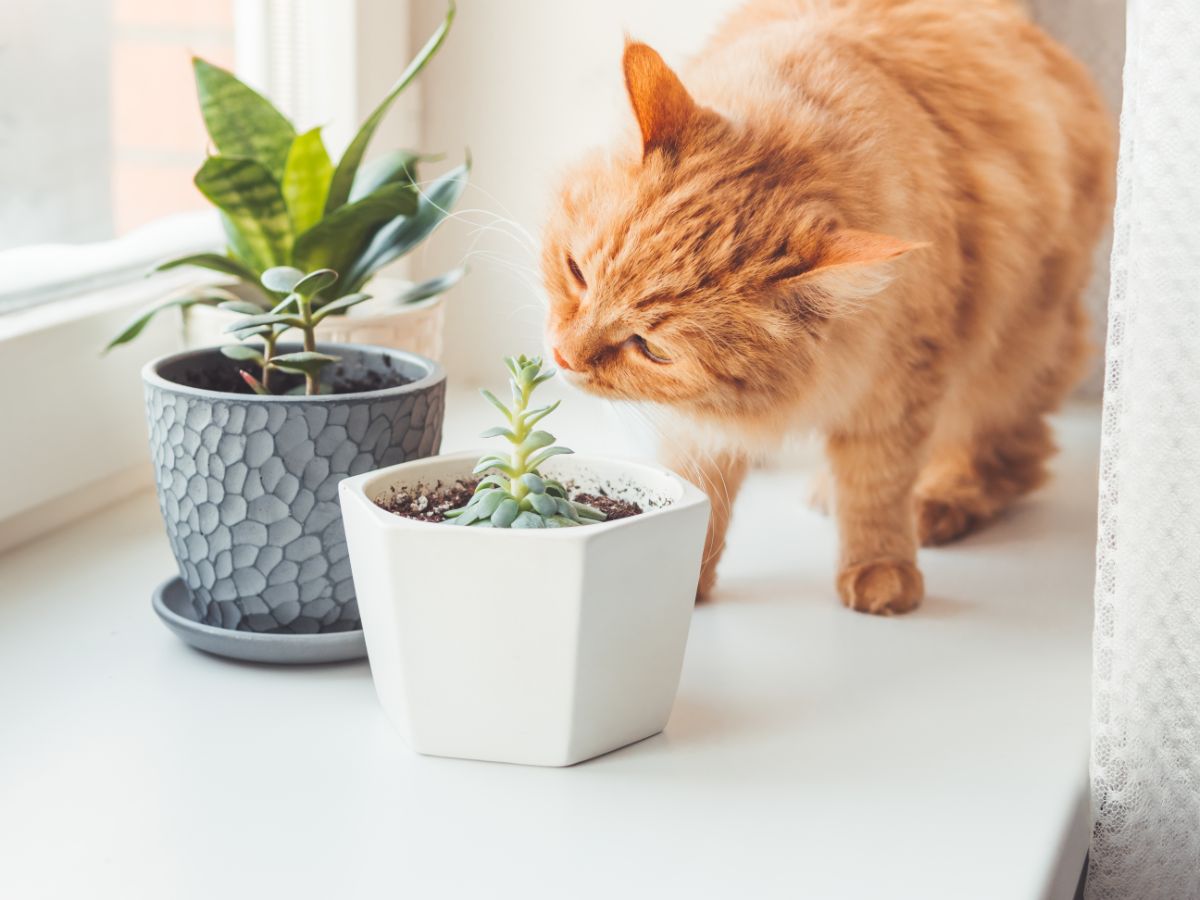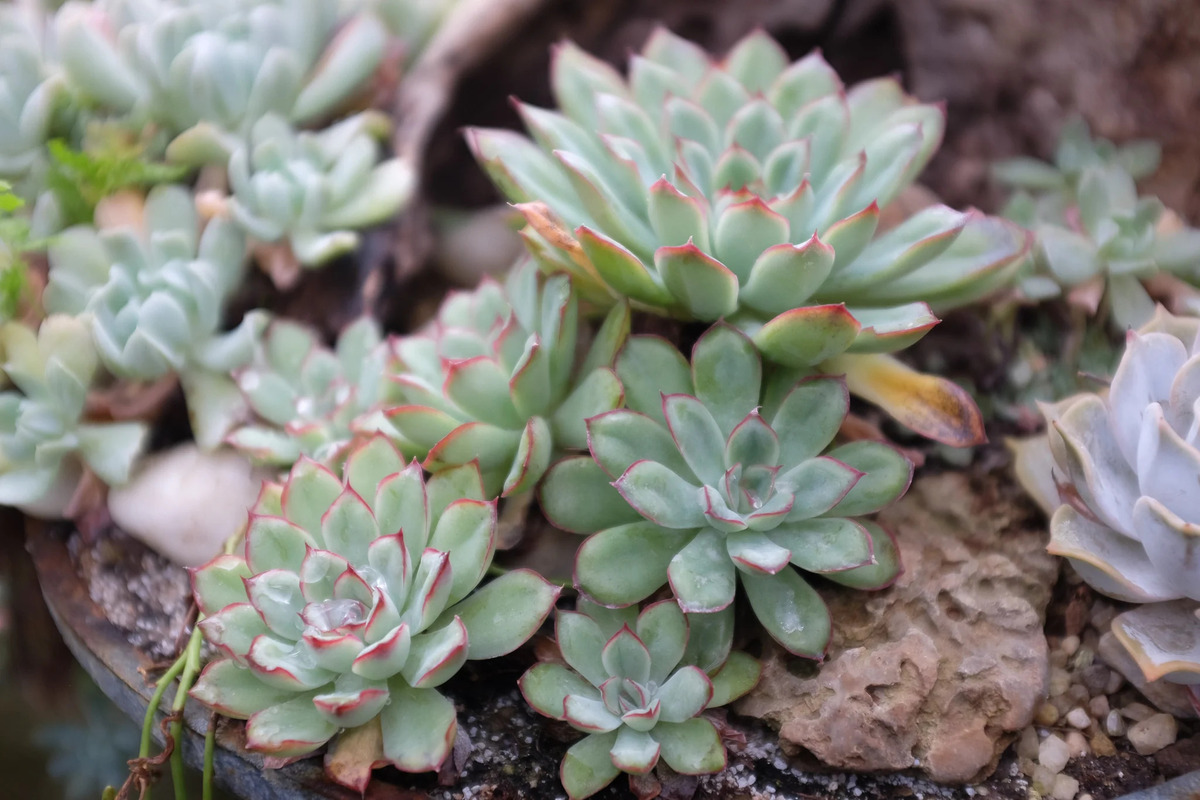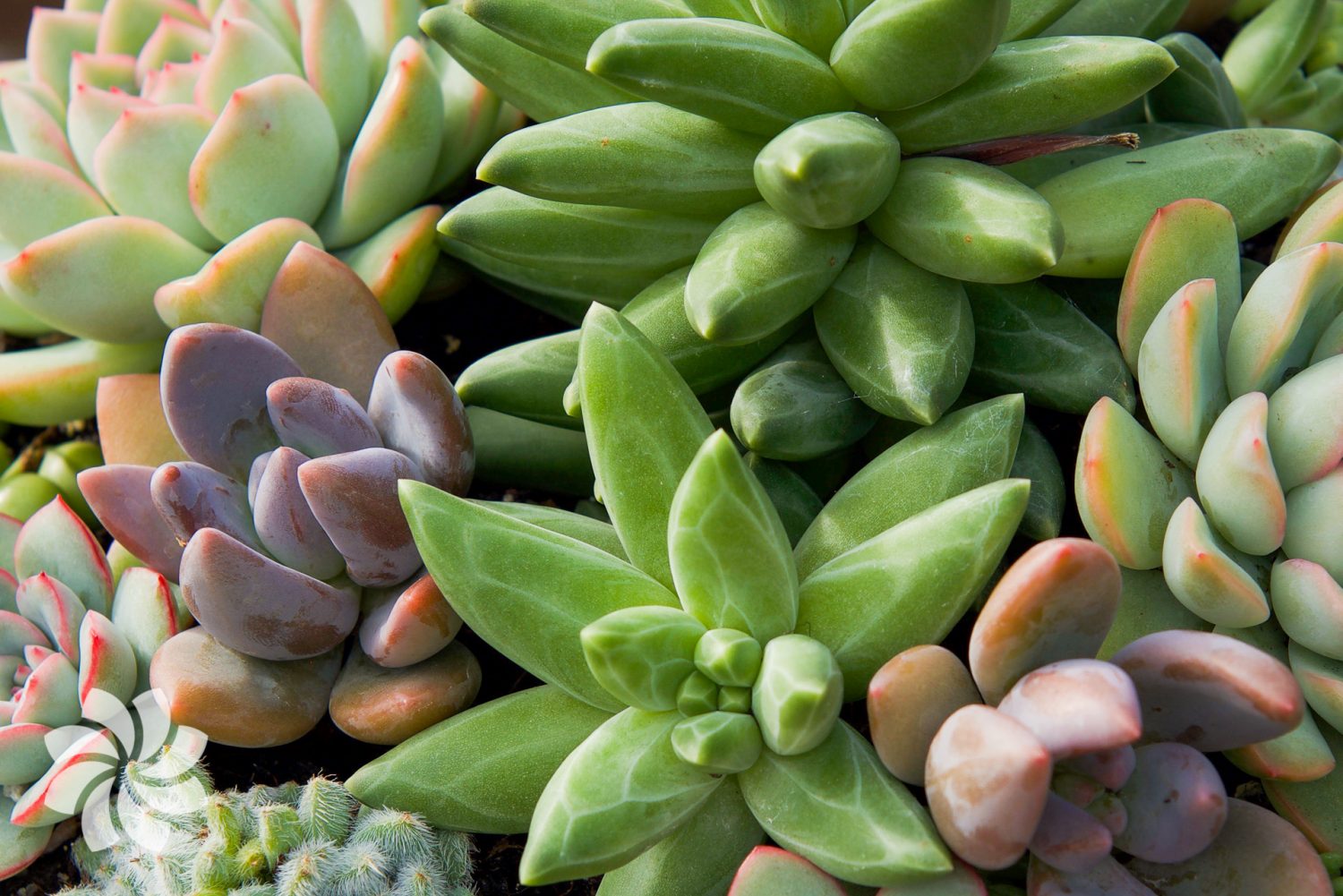Home>Gardening Tips and Tricks>Problem Solving>How To Save Succulents From Dying


Problem Solving
How To Save Succulents From Dying
Published: December 25, 2023
Learn effective problem-solving techniques to save your succulents from dying with our comprehensive guide. Discover expert tips and advice to revive your plants today!
(Many of the links in this article redirect to a specific reviewed product. Your purchase of these products through affiliate links helps to generate commission for Chicagolandgardening.com, at no extra cost. Learn more)
Table of Contents
Introduction
Understanding the Resilient World of Succulents
Succulents, with their striking appearance and low-maintenance nature, have gained immense popularity among plant enthusiasts and interior decorators alike. These hardy plants, characterized by their fleshy leaves and ability to thrive in arid conditions, have become a staple in many households and gardens. However, despite their reputation for resilience, succulents are not invincible. They can fall victim to various environmental stressors, leading to their untimely demise if not properly cared for.
In this comprehensive guide, we will delve into the fascinating world of succulents, exploring the signs of a struggling succulent and providing actionable steps to revive these resilient plants. Whether you're a seasoned succulent enthusiast or a newcomer to the world of plant care, this article will equip you with the knowledge and skills needed to rescue your precious succulents from the brink of death.
Join us on this journey as we uncover the secrets to nurturing and preserving these remarkable plants, ensuring that they continue to thrive and bring beauty to indoor and outdoor spaces. Let's embark on a mission to save succulents from dying, celebrating their unique charm and the joy they bring to our lives.
Understanding Succulents: Nature’s Resilient Beauties
Succulents, often referred to as nature’s resilient beauties, encompass a diverse range of plant species known for their water-storing capabilities and striking, architectural forms. These unique plants have evolved to thrive in arid and semi-arid regions, where water is scarce and environmental conditions are challenging. Their ability to store water in their leaves, stems, or roots allows them to withstand prolonged periods of drought, making them well-suited for a variety of climates and growing conditions.
One of the defining features of succulents is their fleshy, swollen leaves or stems, which serve as reservoirs for storing moisture. This adaptation enables succulents to survive in habitats where other plants struggle to flourish. Additionally, succulents exhibit various growth habits, from rosette formations to trailing stems, showcasing an astonishing array of shapes, textures, and colors.
These resilient plants have captured the hearts of plant enthusiasts and collectors due to their low-maintenance nature and captivating aesthetic appeal. From the iconic Sempervivum, also known as hens and chicks, to the majestic Agave and the charming Echeveria, succulents offer an extensive palette of botanical diversity, each species with its own distinct characteristics and care requirements.
It’s essential to recognize that succulents are not solely confined to desert landscapes. While many naturally occur in arid regions, they can also thrive in temperate climates when provided with the appropriate care and growing conditions. This adaptability has contributed to the widespread popularity of succulents as indoor and outdoor ornamental plants, adding a touch of natural elegance to homes, offices, and gardens.
By understanding the unique adaptations and ecological niche of succulents, we can gain valuable insights into their care requirements and the potential challenges they may face. With this knowledge as our foundation, we are better equipped to identify the signs of a struggling succulent and implement effective strategies to safeguard their well-being.
Recognizing the Signs of a Struggling Succulent
As resilient as succulents may be, they are not impervious to environmental stressors and care-related issues. To effectively rescue a dying succulent, it’s crucial to be able to identify the early warning signs of distress. By recognizing these indicators, you can intervene promptly and provide the necessary care to revive your beloved plant. Here are the key signs that may signal a succulent in distress:
- Yellowing or Browning of Leaves: Discoloration of the leaves, such as yellowing or browning, can be indicative of overwatering, underwatering, or sunburn. It’s essential to assess the watering regimen and light exposure to address the underlying cause.
- Shriveling or Wrinkling: When a succulent’s leaves appear shriveled or wrinkled, it is a clear indication of dehydration. Inadequate watering or prolonged drought conditions can lead to this visible symptom of distress.
- Soft or Mushy Texture: Excessive moisture, often resulting from overwatering, can cause the leaves or stems of a succulent to become soft and mushy. This may be accompanied by a foul odor, signaling root rot, a serious condition caused by waterlogged soil.
- Stunted Growth or Leggy Appearance: A lack of sufficient light can lead to stunted growth or an elongated, leggy appearance in succulents. Inadequate light exposure can compromise the plant’s overall health and vitality.
- Leaf Drop or Loss of Turgor: Succulents losing their leaves or experiencing a loss of turgor pressure, resulting in a deflated or wilted appearance, may be suffering from various stress factors, including overwatering, underwatering, or pest infestations.
By closely observing your succulents and being attuned to these warning signs, you can take proactive measures to address the underlying issues and prevent further deterioration. Early intervention is key to saving a struggling succulent and restoring it to a state of robust health.
Reviving a Dying Succulent: A Step-by-Step Guide
When faced with a succulent on the brink of demise, swift and targeted intervention can make a significant difference in its recovery. By employing the following strategies, you can increase the likelihood of saving your struggling succulent and nurturing its resurgence:
- Assess the Root System: Carefully remove the succulent from its pot and inspect the roots for signs of rot or decay. Trim away any blackened or mushy roots with sterile shears, allowing the healthy roots to remain intact.
- Optimize Soil and Drainage: Repot the succulent in well-draining soil specifically formulated for cacti and succulents. Ensure that the new pot has adequate drainage holes to prevent waterlogging, a common culprit in succulent decline.
- Adjust Watering Practices: Tailor the watering schedule to meet the specific needs of your succulent species. Allow the soil to dry out completely between waterings, and refrain from overwatering, which can lead to root rot and other moisture-related issues.
- Provide Adequate Sunlight: Place the rejuvenated succulent in a location that receives ample sunlight, as per its individual light requirements. Gradually acclimate it to direct sunlight if it has been previously deprived of adequate light.
- Monitor for Pests and Diseases: Vigilantly inspect the succulent for signs of pests, such as mealybugs or aphids, and treat any infestations promptly. Additionally, watch for symptoms of fungal or bacterial diseases and take appropriate measures to mitigate their impact.
- Refrain from Fertilization: During the recovery period, refrain from applying fertilizer to the succulent. Focus on providing optimal growing conditions and allow the plant to regain its strength before reintroducing fertilization.
- Exercise Patience and Observation: Reviving a succulent is a gradual process that requires patience and attentive care. Observe the plant closely, noting any positive changes in its appearance and growth patterns as it rebounds from its previous state of distress.
By implementing these targeted interventions and closely monitoring the succulent’s progress, you can significantly improve its chances of recovery. With dedication and nurturing care, many succulents can overcome their ailing state and thrive once again, gracing their surroundings with their enduring beauty.
Preventing Succulent Demise: Proactive Care Strategies
While rescuing a dying succulent is a commendable endeavor, preventing succulent death in the first place is an equally crucial aspect of succulent care. By implementing proactive care strategies and adhering to best practices, you can create an environment that promotes the long-term health and vitality of your succulents. Here are key measures to prevent succulent demise and foster their well-being:
- Optimal Watering Regimen: Establish a consistent watering schedule that allows the soil to dry out between waterings. Avoid excessive moisture, as succulents are highly susceptible to root rot when subjected to prolonged periods of dampness.
- Well-Draining Soil: Utilize well-draining soil specifically formulated for succulents and cacti. This type of soil promotes effective water drainage and prevents waterlogged conditions that can compromise root health.
- Appropriate Potting Containers: Select pots or containers with drainage holes to facilitate the efficient removal of excess water. Proper drainage is essential in preventing water accumulation, which can lead to root suffocation and decay.
- Light and Sun Exposure: Understand the light requirements of your succulent species and provide adequate exposure to sunlight. Position indoor succulents near windows or in well-lit areas, while outdoor succulents should be situated in locations that align with their sunlight preferences.
- Temperature Considerations: Protect succulents from extreme temperature fluctuations and prolonged exposure to frost or intense heat. These plants thrive in moderate to warm temperatures and may suffer damage if subjected to harsh environmental conditions.
- Pest Management: Routinely inspect succulents for signs of pests, such as spider mites or scale insects, and promptly address any infestations. Implement preventive measures, such as neem oil applications, to deter common succulent pests.
- Seasonal Adjustments: Recognize the impact of seasonal changes on succulent care. Adjust watering frequency and light exposure to accommodate seasonal variations, ensuring that the plants receive the necessary support during different times of the year.
By integrating these preventive measures into your succulent care routine, you can create an environment that minimizes the risk of succulent death and promotes their enduring health and vibrancy. Consistent, attentive care is the cornerstone of succulent longevity, allowing these remarkable plants to thrive and captivate with their natural allure.
Embracing the Resilience of Succulents
The world of succulents is a testament to nature’s remarkable resilience and the enduring beauty of these captivating plants. As we conclude our exploration of saving succulents from the brink of demise, it’s evident that these hardy botanical wonders possess an innate ability to rebound from adversity when provided with the right care and attention. From recognizing the subtle signs of distress to implementing targeted revival strategies, we have uncovered the art of nurturing succulents back to health, celebrating their unwavering spirit and unique charm.
By understanding the ecological adaptations that enable succulents to thrive in harsh environments, we gain valuable insights into their care requirements and the potential challenges they may face. Armed with this knowledge, we are empowered to be vigilant stewards of these resilient plants, intervening promptly to safeguard their well-being and prevent succulent death.
Whether adorning indoor spaces with their sculptural elegance or gracing outdoor gardens with their diverse forms, succulents enrich our lives with their enduring allure. The journey of rescuing a dying succulent is a testament to the transformative power of dedicated care and the joy of witnessing new growth and vitality emerge from a once-ailing plant.
As we tend to our succulents, let us embrace the lessons of patience, observation, and proactive care, nurturing these botanical treasures as they thrive under our attentive stewardship. By fostering an environment that prioritizes optimal growing conditions and preventive measures, we can create a haven where succulents flourish, captivating us with their tenacity and natural splendor.
May our collective appreciation for succulents inspire a commitment to their enduring well-being, ensuring that these resilient plants continue to grace our surroundings with their timeless beauty and serve as a testament to the resilience and adaptability of the natural world.


